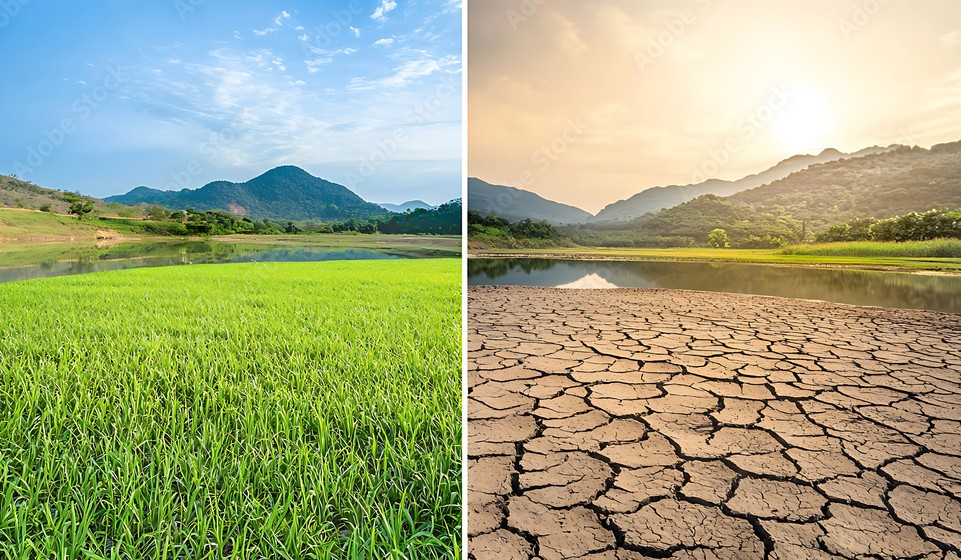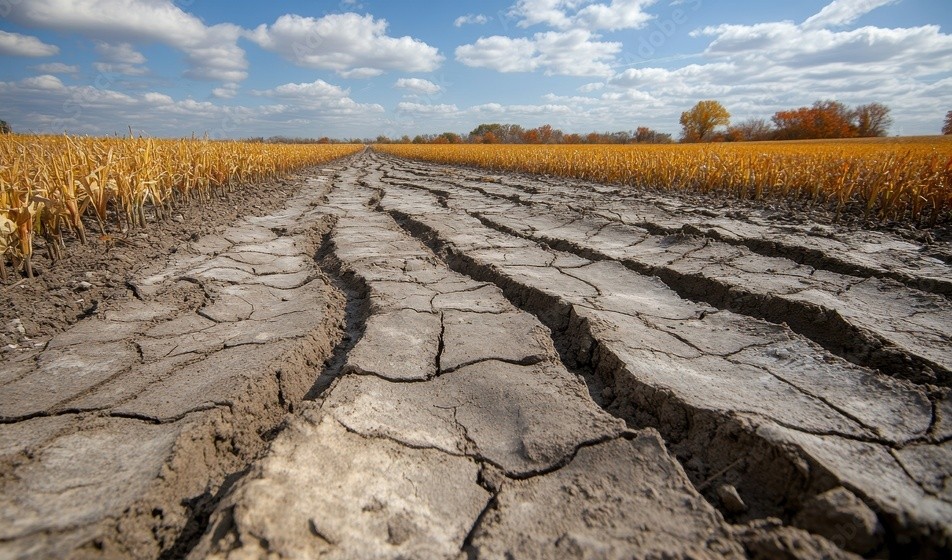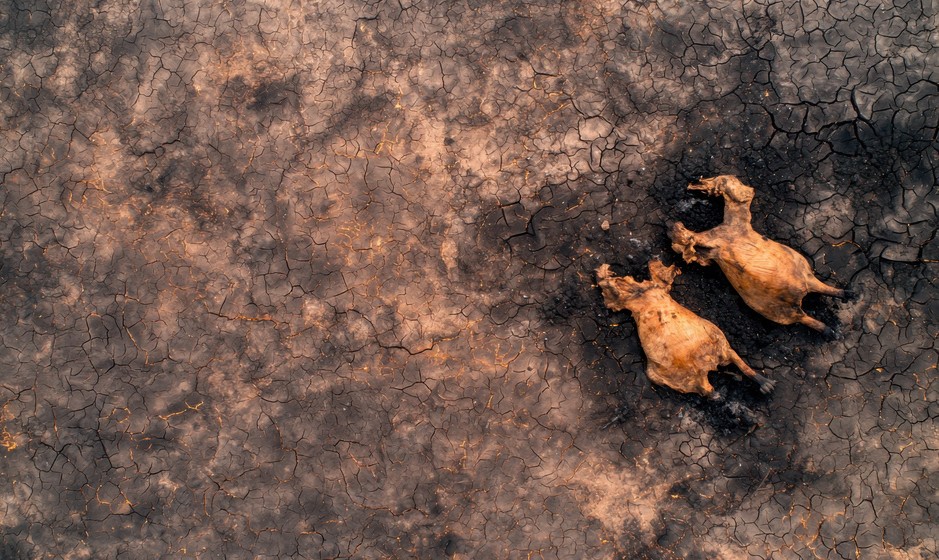Azolafam Ltd.: 4th Jan. 2025 Climate change is one of the most pressing issues of…
Azolafam Ltd.: 30th April 2025 { https://www.azolafam.com/ }

Climate change is one of the most pressing issues of our time, with far-reaching consequences for ecosystems, economies, and societies worldwide. One area that is particularly vulnerable to the impacts of climate change is agricultural biodiversity. As temperatures rise, weather patterns become more unpredictable, and extreme events increase in frequency, the delicate balance of agricultural ecosystems is being disrupted.
Understanding Agricultural Biodiversity
Agricultural biodiversity, or agrobiodiversity, refers to the variety of plants, animals, and microorganisms that are used in agriculture to produce food, fiber, and other products. This diversity is essential for maintaining ecosystem services, such as pollination, pest control, and soil health, which are critical for food security and sustainable agriculture.

The Impacts of Climate Change
Climate change is affecting agricultural biodiversity in several ways:

Consequences for Food Security and Sustainable Agriculture
The loss of agricultural biodiversity due to climate change can have severe consequences for food security and sustainable agriculture:

Adaptation and Mitigation Strategies
To mitigate the impacts of climate change on agricultural biodiversity, farmers, policymakers, and researchers can employ several strategies:
Conclusion
The impact of climate change on agricultural biodiversity is a pressing concern that requires immediate attention and action. By understanding the challenges and opportunities associated with climate change, we can work towards developing and implementing effective adaptation and mitigation strategies to protect agricultural biodiversity and ensure food security for future generations.